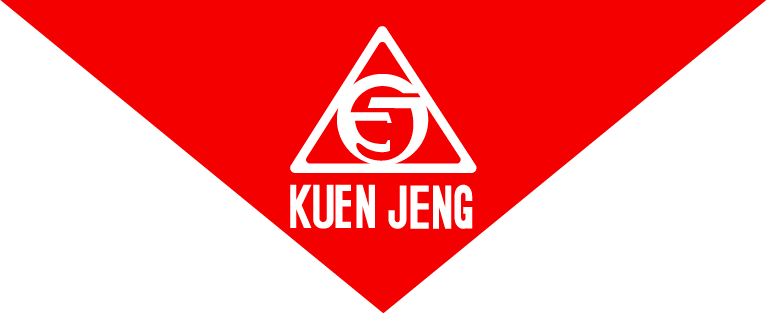The linear axis feeding system of a machine tool consists of guideways, ball screws, motors, and other components. The guideway can be divided into two types: box way and linear way. The choice between the two depends on the design orientation of the machine and the processed workpieces. Here is a brief explanation of the differences between the two types.
・Box Guideway
Features: In general, the guideway and base are monolithic castings. After quenching, milling, grinding, and other mechanical processing, the guideway surface has a hardness of generally above HRC50, making it more resistant to abrasion. The box guideway utilises sliding friction and adopts a surface contact type interface. This results in a larger sliding contact surface, providing stronger me chanical rigidity, higher stability, and the ability to withstand higher loading force and strength. The larger contact area also provides good vibration absorption, high vibration damping, and good dynamic rigidity, with vibration and shock resistance characteristics. However, the friction force is higher, resulting in faster abr asion and slower movement speed.
Advantage: The box guideway is advantageous for machining castings, cast steel, and other hard-to-cut materials, or for heavy load, heavy turning, roughing, and other high-volume turning needs. It is particularly suitable for heavy turning and heavy loading machining needs.
Applications: Box guideway machines are the best option for machining hardened steel molds and mold bases, as well as hard-to-cut materials with high removal rates.
・Linear Guideway
Features: In general, the rail and block form a rolling guideway module. The block is equipped with an internal circulation system of balls or rollers. When the wear is significant, the entire group can be dismantled and replaced. The ball guide provides point contact, while the roller guide provides line contact. The movement is supported by the rolling elements, resulting in lower friction and faster response times. This allows for accurate movement in the smallest increments without any stick-slip phenomenon. Due to reduced friction heat, high-speed movement can be achieved. Additionally, rolling friction is minimal, allowing the machine to maintain a high degree of accuracy over a prolonged period. When compared to hard rails, the rolling contact surface is smaller, resulting in weaker overall mechanical rigidity. However, the line rail's unique structural design enables it to withstand radial, antiradial, and lateral loads while maintaining its travelling accuracy. Additionally, it can be easily adjusted to increase the number of preload and slider to improve the combination of rigidity and loading capacity.
Advantage: When the machining process is complex, the tool change and fast feed times may be long. The high speed of the linear guideway can effectively reduce non-processing time and improve machine operation rate. Similarly, when machining workpieces with many curved surfaces and frequent direction changes, the low friction coefficient of the linear guideway can ensure the smallest movement unit accuracy. To achieve high performance in micro-displacement and reproducibility while meeting the demands for high speed, precision, and good surface texture.
Applications: Linear guideway machines are commonly used in complex machining processes, as well as for producing large quantities of small and medium-sized components. They are also used for multi-curved workpieces, such as marine turbines, aerospace industry components, and medical machining parts. Regardless of the type of guideway, whether it is hard or wire, it is essential to pay attention to basic maintenance. If the guideway is not lubricated accurately, it can easily burn and wear, which significantly impacts the machine's precision performance.










